Healthy & Efficient Buildings
Healthy and Efficient Buildings
Keeping cool during extreme heat
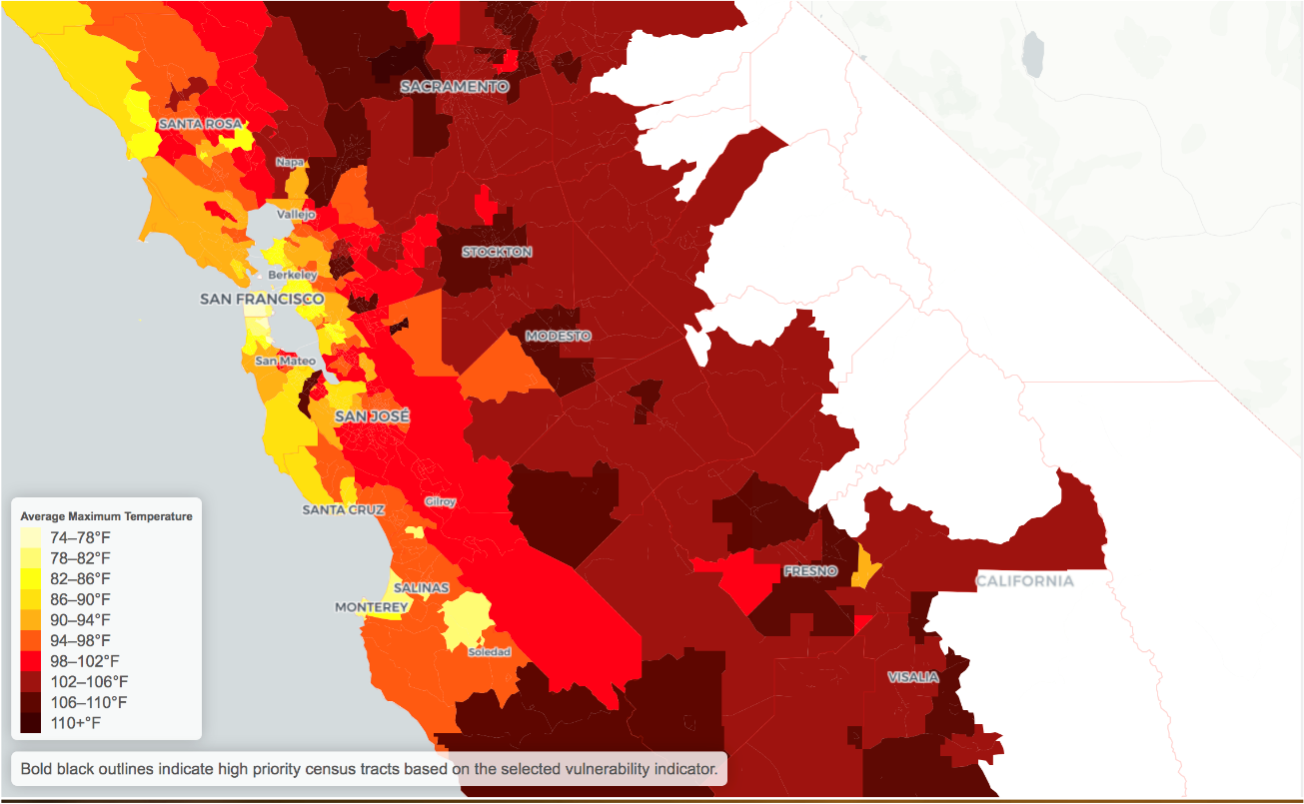 The U.S. is dangerously underprepared for extreme weather events. Extreme heat leads to lives lost, and the U.S. is getting hotter faster than expected. Low income residents of the Central Valley of California are especially vulnerable with poor air quality, old homes, and high utility bills. To help meet the critical need for resources and tools to ensure the safety of vulnerable residents, we’ve developed a cooling toolkit from the Cal-THRIVES project to help residents better cope with extreme heat (A California Toolkit for Heat Resilience). Toolkit items include the following:
The U.S. is dangerously underprepared for extreme weather events. Extreme heat leads to lives lost, and the U.S. is getting hotter faster than expected. Low income residents of the Central Valley of California are especially vulnerable with poor air quality, old homes, and high utility bills. To help meet the critical need for resources and tools to ensure the safety of vulnerable residents, we’ve developed a cooling toolkit from the Cal-THRIVES project to help residents better cope with extreme heat (A California Toolkit for Heat Resilience). Toolkit items include the following:
- Cooling tips
- Fact sheets on passive cooling measures (cool walls, solar control window films, and trees) and active cooling measures (fans, room air conditioners)
- Modeled data summaries for the impact of several passive and active cooling measures on various heat resilience metrics for both single buildings and at the neighborhood level
- Software tools such as CityBES for modeling resilience at the neighborhood scale and a Heat Vulnerability Index tool for Fresno
- High-level policy and program recommendations
Indoor Airflow and Pollutant Transport
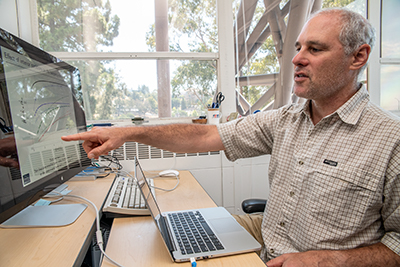
The movement of air into and through buildings transports energy, moisture, and pollutants. We develop and use airflow simulation models to understand how to reduce pollutant exposures while simultaneously improving building energy performance and occupant comfort. By applying both simple single-zone and more complex multi-zone models, our work informs a variety of areas; examples include:
- Identifying the most powerful sampler locations to detect accidental releases of a pollutant
- Inferring the strength and location of a source based on sensor data
- Recommending "shelter-in-place" strategies
- Estimating the benefits of widely implementing specific building retrofit technologies
- Assisting emerging economies on interior air quality
- Developing new capabilities for EnergyPlus and other tools
Efficient and Healthy Schools campaign
 The Efficient and Healthy Schools campaign aims to engage K-12 schools to improve energy performance and indoor air quality, with a focus on practical solutions involving HVAC and other technologies to reduce energy use and emissions. This campaign is led by the U.S. Department of Energy with organizing partners: the U.S. Environmental Protection Agency (EPA) and the U.S. Department of Education (ED) with technical support from Berkeley Lab. To find out more, please visit our campaign website. Join today!
The Efficient and Healthy Schools campaign aims to engage K-12 schools to improve energy performance and indoor air quality, with a focus on practical solutions involving HVAC and other technologies to reduce energy use and emissions. This campaign is led by the U.S. Department of Energy with organizing partners: the U.S. Environmental Protection Agency (EPA) and the U.S. Department of Education (ED) with technical support from Berkeley Lab. To find out more, please visit our campaign website. Join today!
Space Cooling
 Global demand for cooling is estimated to grow significantly in the next few decades, driven by increasing incomes in warm climates that currently have low air conditioner penetration. Increased air conditioner penetration has significant implications for total electricity generation and load management. Increased saturation of air conditioners also has a large emissions impact due to emissions from energy consumption and emissions of hydrofluorocarbon (HFC) refrigerant R410A (GWP=1924, IPCC AR5). We conduct technical analysis to address the electricity, peak load, and emissions challenges posed by growing cooling demand by focusing on three key areas: energy efficiency, demand response, and low-global warming potential (GWP) alternative refrigerants.
Global demand for cooling is estimated to grow significantly in the next few decades, driven by increasing incomes in warm climates that currently have low air conditioner penetration. Increased air conditioner penetration has significant implications for total electricity generation and load management. Increased saturation of air conditioners also has a large emissions impact due to emissions from energy consumption and emissions of hydrofluorocarbon (HFC) refrigerant R410A (GWP=1924, IPCC AR5). We conduct technical analysis to address the electricity, peak load, and emissions challenges posed by growing cooling demand by focusing on three key areas: energy efficiency, demand response, and low-global warming potential (GWP) alternative refrigerants.
High Performance Buildings
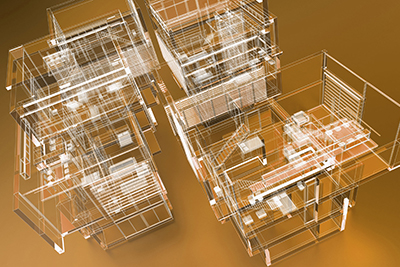 We conduct analysis and technical support for the domestic and global adoption of high-performance building technologies. In addition to the work centered in the Building Technologies and Urban Systems (BTUS) Division, we have a long-standing program to assist governments in building energy analytic tools, and pursuing pilot programs related to high-performance buildings in Latin America, Indo-Pacific, and Africa.
We conduct analysis and technical support for the domestic and global adoption of high-performance building technologies. In addition to the work centered in the Building Technologies and Urban Systems (BTUS) Division, we have a long-standing program to assist governments in building energy analytic tools, and pursuing pilot programs related to high-performance buildings in Latin America, Indo-Pacific, and Africa.
We developed the first online comparative building energy performance benchmarking tool (modeled after the ENERGY STAR® benchmarking tool) and a pilot windows rating and labeling program in the southern city of Guangzhou, drawn from the experience of the U.S. National Fenestration Rating Council. To support commercial building retrofits, the Commercial Building Analysis Tool for Energy-Efficiency Retrofit (COMBAT) was developed for quick building retrofit savings and cost-effectiveness analysis. We have also partnered with Johnson Controls to develop a data-driven “no-cost/no-touch” assessment tool to screen large volumes of buildings for operational improvement and equipment upgrade opportunities and to quantify associated energy and cost savings potential.
Pollutant Exposures, Health, and Productivity
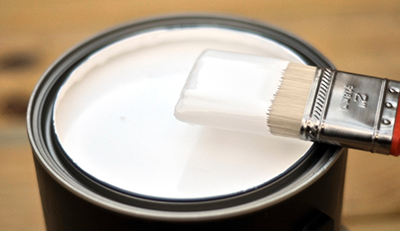
On average we spend about 90% of our time indoors and 70% in our homes. While inside buildings, we are exposed to pollutants in the air, in dust and on surfaces. We investigate these exposures through measurements under everyday conditions and through computer simulation. We examine how these and other factors affect exposures:
- Temperature and humidity
- Building materials and furnishings
- Occupant-related pollutant emissions
- Ventilation rates and methods, and patterns of indoor airflow
- Thermal conditioning and air cleaning systems
- Indoor chemical reactions
We also study how exposure to air pollutants and building features affect people's health and their performance in work and school settings. Our work seeks to quantify the costs of indoor exposures and the benefits of indoor environmental quality improvements.
Energy-Efficient Building Ventilation and Air Cleaning
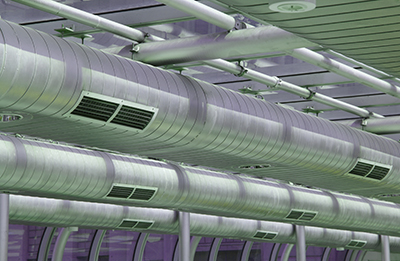
Ventilation is the supply of outdoor air to buildings. Ventilation generally lowers indoor concentrations of indoor-generated pollutants and improves how people rate their indoor air quality, but it can also increase levels of pollutants from outdoors. Since ventilation often requires energy to heat, cool or dehumidify the incoming outdoor air, we also look for ways to efficiently provide ventilation.
In addition, we study how rates and methods of ventilation, including natural ventilation, affect indoor air pollutant concentrations, prevalence of "sick building" health symptoms, absence rates, work performance, and the risks of chronic adverse health effects. We develop new ways to measure ventilation rates and “smart” ventilation technologies that use sensors to automatically control ventilation for demand response and energy efficiency.
We also develop and evaluate energy-efficient technologies for gaseous pollutant and particle air cleaning in homes, commercial buildings, and aircraft environments. We study performance of systems inside operating buildings, through controlled experiments in room-sized test chambers, and using customized lab configurations that enable accelerated aging and other challenge conditions. The outcomes of these studies provide guidance to industry on applications and research and development needs.
Pollutant Sources, Sinks, and Chemical Transformations
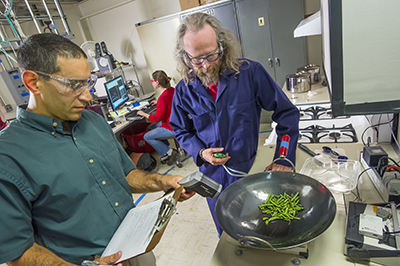 Multiple sources contribute to indoor pollutant levels including cooking, heating, carpets, furniture, building materials, the everyday products that we use for cleaning and personal care, and outdoor air. Berkeley Lab conducts research to characterize these sources and also to understand the processes by which the emitted pollutants can change in the environment. In one study, we showed how hydrolysis of binders used in fiberglass ventilation filters can become a source of formaldehyde—a common indoor pollutant emitted by multiple sources—in conditions of high relative humidity. In another, we examined the impact of using chemical cleaners and air fresheners indoors, considering both the direct emissions and their reaction with ozone, which produces ultrafine particles and volatile aldehydes. For three decades, we have been at the forefront of research on the chemistry of secondhand smoke and were the first to demonstrate the formation of highly toxic products from tobacco smoke contamination reacting with trace gases commonly found in homes.
Multiple sources contribute to indoor pollutant levels including cooking, heating, carpets, furniture, building materials, the everyday products that we use for cleaning and personal care, and outdoor air. Berkeley Lab conducts research to characterize these sources and also to understand the processes by which the emitted pollutants can change in the environment. In one study, we showed how hydrolysis of binders used in fiberglass ventilation filters can become a source of formaldehyde—a common indoor pollutant emitted by multiple sources—in conditions of high relative humidity. In another, we examined the impact of using chemical cleaners and air fresheners indoors, considering both the direct emissions and their reaction with ozone, which produces ultrafine particles and volatile aldehydes. For three decades, we have been at the forefront of research on the chemistry of secondhand smoke and were the first to demonstrate the formation of highly toxic products from tobacco smoke contamination reacting with trace gases commonly found in homes.
Link
Indoor Environment website: indoor.lbl.gov
